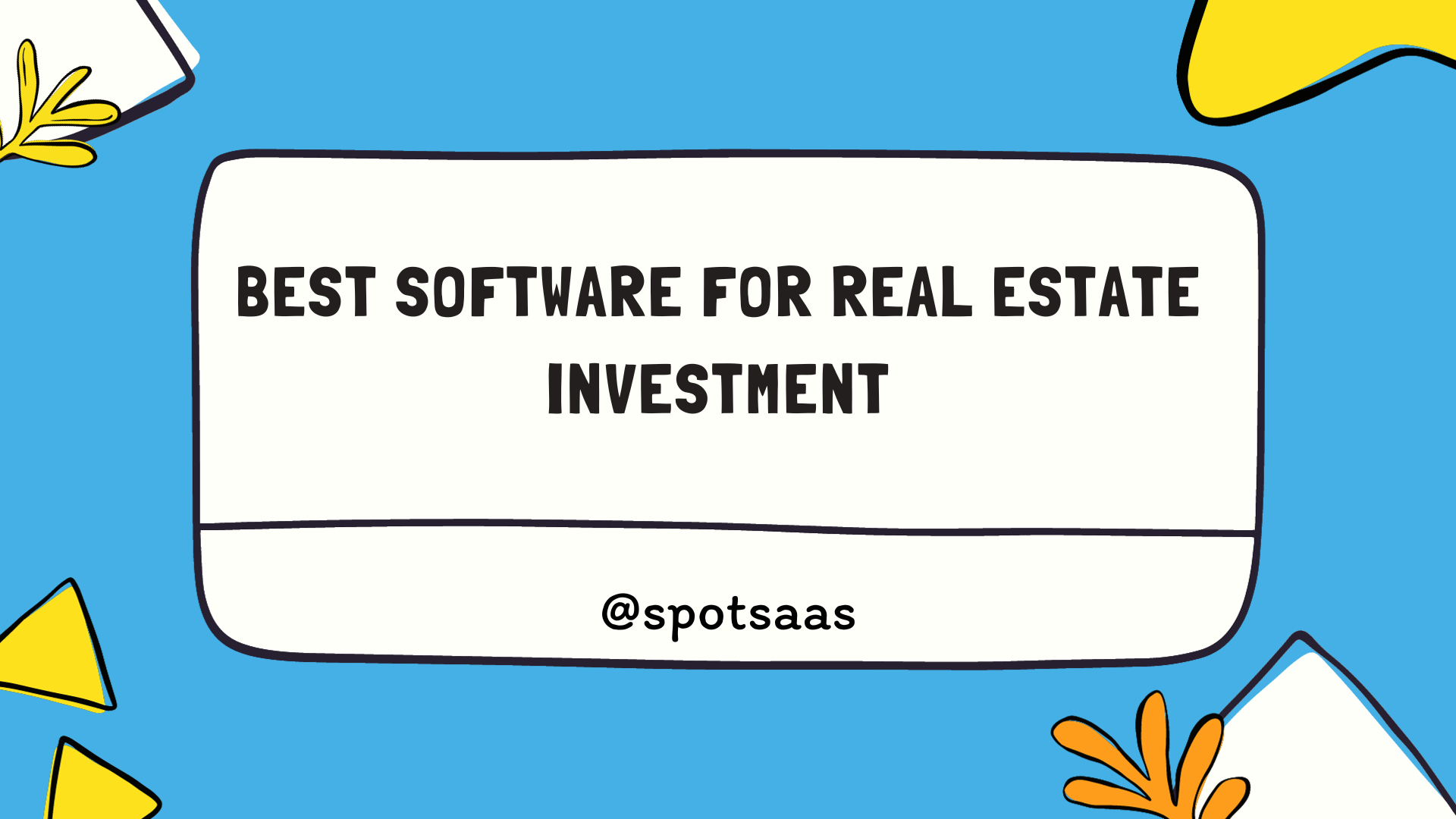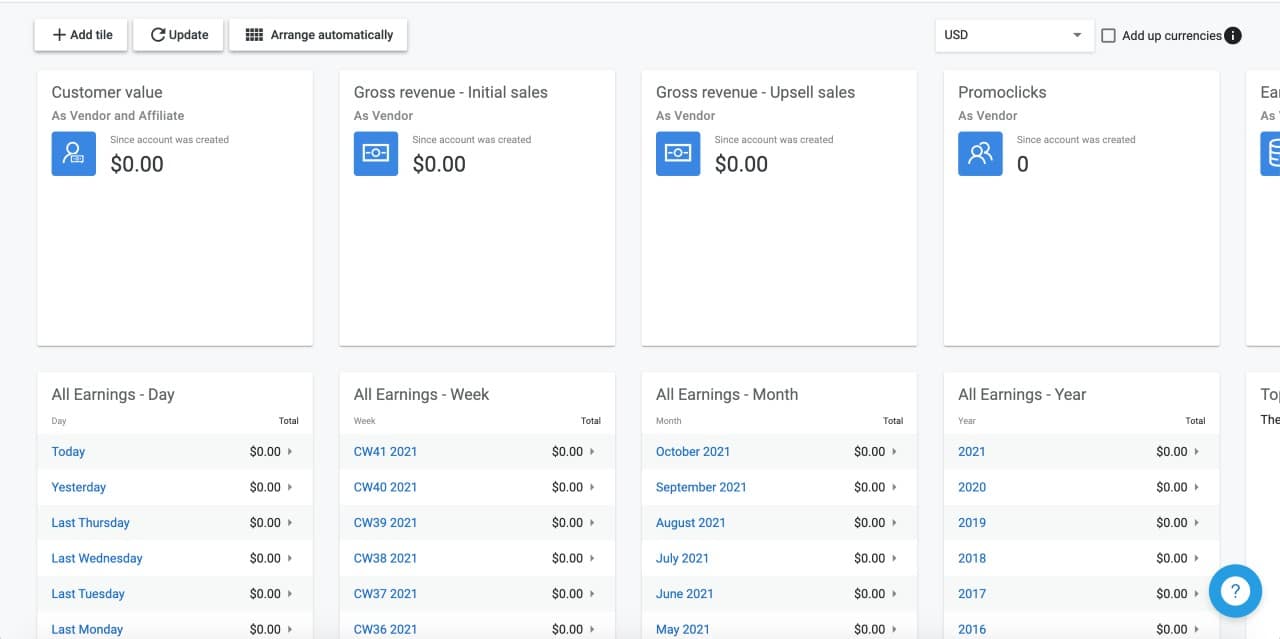With an increased demand for efficient software development, choosing a low-code platform has become a necessity. It’s a fact that businesses leveraging the best low-code tools are 65% more successful in their digital transformation efforts.
This blog will guide you through the process of selecting the right low code development platform by outlining key features and offering tips catered to your unique business needs.
What is Low-Code App Development?
Low-Code App Development refers to a software development approach that allows users to create applications with minimal coding knowledge. This method relies on visual interfaces and drag-and-drop components, making it accessible for both professional developers and business users.
The benefits of low-code development include faster app creation, reduced costs, increased productivity, and the ability to iterate and adapt easily.
Definition and benefits of low-code development
Low-code development is a way to make apps. It cuts down on hand-coding, which makes it faster. You use a visual interface for this that’s quick and easy to learn. This method lets you create high-quality apps with less work.
Low code means you can test ideas without spending too much time or money. That way, your team can focus on bigger things like designing the best app possible without getting stuck in coding details!
Features to Look for in a Low-Code Development Platform
In order to choose the best low-code development platform, there are several key features to consider. These include a visual drag-and-drop interface, multi-language support, integration with databases and other systems, mobile compatibility, and customization options.
By understanding these features and their importance, you can make an informed decision on which platform will best suit your business needs. Read more to learn about how these features can impact your app development process.
Visual drag-and-drop interface
A visual drag-and-drop interface is a big plus for any low-code platform. This feature makes app building simple and quick, even for people who don’t know coding. You pick the elements you want on your screen, then pull them to where they need to be.
It’s much like putting together blocks of a puzzle! With this easy tool, creating an application feels less like work and more like play. Everyone from expert developers to beginners can make great apps with it.
Plus, having this feature can cut down app development time by up to 90%. That’s why top platforms such as Appian and Mendix have it.
Multi-language support
Multi-language support helps a lot. You can use low-code platforms no matter what language you know. This makes it easier for more people to use the platform. You don’t have to speak or write in English only.
Some top platforms give help in many languages. This is good for teams that come from different places around the world.
Integration with databases and other systems
Low-code development platforms should have the capability to integrate with databases and other systems. This means that you should be able to easily connect your application with existing databases or other software that you use in your business.
It allows for seamless data transfer and synchronization between different systems, making your application more powerful and efficient. Integration with databases is important because it enables you to access, store, and retrieve data from various sources, ensuring that your application has accurate and up-to-date information.
Additionally, integration with other systems allows you to automate processes, share data across different platforms, and improve overall productivity in your organization. So when choosing a low-code development platform, make sure it offers strong integration capabilities that align with your specific business needs.
Mobile compatibility
Mobile compatibility is a crucial feature to consider when choosing a low-code development platform. In today’s digital world, mobile apps are in high demand, and ensuring that your chosen platform supports mobile app development is essential.
Look for a platform that offers responsive design capabilities, allowing your applications to adapt and function well on different devices and screen sizes. Additionally, check if the platform provides native support for popular mobile operating systems like iOS and Android.
This will enable you to create native mobile apps that offer better performance and user experience. Mobile compatibility is important because it allows you to reach a wider audience and provide convenient access to your applications anytime, anywhere.
Customization options
Customization options are an important factor to consider when choosing a low-code development platform. These options allow businesses to tailor the software to their specific needs and requirements, ensuring that it aligns with their unique processes and workflows.
By having the ability to customize the platform, organizations can create applications that perfectly fit their business model and deliver a personalized user experience. This level of customization also enables businesses to differentiate themselves from competitors by creating innovative and customized solutions for their customers.
Therefore, when selecting a low-code development platform, it is essential to evaluate the customization options available and determine which platform offers the flexibility needed for your organization’s specific goals and objectives.
Tips for Choosing the Right Low-Code Development Platform
When selecting a low-code development platform, it is important to consider your specific needs, budget, and learning curve. Additionally, reading reviews and comparing features can help you make an informed decision.
Determine your specific needs
To choose the best low-code development platform software for your needs, it’s important to determine what you require from the platform. Consider factors like the type of applications you want to create, the level of customization you need, and whether you require mobile compatibility.
Think about your budget and read user reviews to get an idea of each platform’s strengths and weaknesses. Also, consider the learning curve and support options available. This will help ensure that you find a low-code development platform that meets your specific requirements and helps streamline your app creation process.
Consider your budget
When choosing a low-code development platform, it’s important to consider your budget. Look for platforms that offer pricing options that align with your financial resources. Remember that while some platforms may have higher upfront costs, they could save you money in the long run by reducing development time and eliminating the need for additional coding resources.
Take into account any potential hidden costs such as licensing fees or additional features that may require separate payment. By carefully considering your budget, you can choose a low-code development platform that meets your needs without breaking the bank.
Important Fact: Low-code platforms can significantly reduce app development time, with some statistics indicating a reduction of up to 90%. Organizations that leverage the best low-code tools are reported to be 65% more successful in their digital transformation efforts.
Read reviews and compare features
Understanding what different platforms offer and how they are reviewed by users is crucial in making an informed decision. Here is an example of some leading low-code platforms presented in an HTML table:
| Platform | Key Features | Reviews |
|---|---|---|
| Appian | Native deployment tools, Integration with DevOps tools like Jenkins | Appian offers mature and reliable solutions and comes highly recommended |
| Mendix | User-friendly, Scalable, Minimizes manual coding | Mendix is another top-rated platform, known for offering a user-friendly and scalable solution |
| OutSystems | Various application creation, High compatibility | OutSystems is recognized for its high compatibility and range of application creations |
| m-Power | Appeals to all skill levels, Creates various types of applications | m-Power is favored by developers of all skill levels for its versatility in application creation |
By comparing such features and reviews, you can better understand which platform aligns with your specific needs and budget. Always take the time to do your research before choosing a low-code platform.
Consider the learning curve and support options
When choosing a low-code development platform, it is important to consider the learning curve and support options. Look for a platform that has an intuitive interface and provides easy-to-understand documentation or tutorials.
This will help you quickly learn how to use the platform and start building your applications without much hassle. Additionally, make sure the platform offers reliable customer support in case you run into any issues or have questions along the way.
Having access to timely support can save you time and frustration, ensuring that your development process goes smoothly. By considering the learning curve and support options, you can find a low-code development platform that fits your skill level and provides assistance when needed.
Conclusion
To conclude, choosing the best low-code development platform requires careful consideration of key features such as a visual drag-and-drop interface, multi-language support, integration capabilities with databases and other systems, mobile compatibility, and customization options.
Additionally, it is important to determine your specific needs, consider your budget, read reviews and compare features before making a decision. By following these tips and considering the growing trends in low-code development platforms, businesses can find the most suitable software for their app creation needs.
Low-code development platforms are a great option for creating apps quickly and without spending too much money. They have features like visual drag-and-drop interfaces, multi-language support, and integration with databases and other systems.
It’s also important to consider your specific needs, budget, and read reviews before making a decision. With these factors in mind, you can find the perfect platform for your business.



